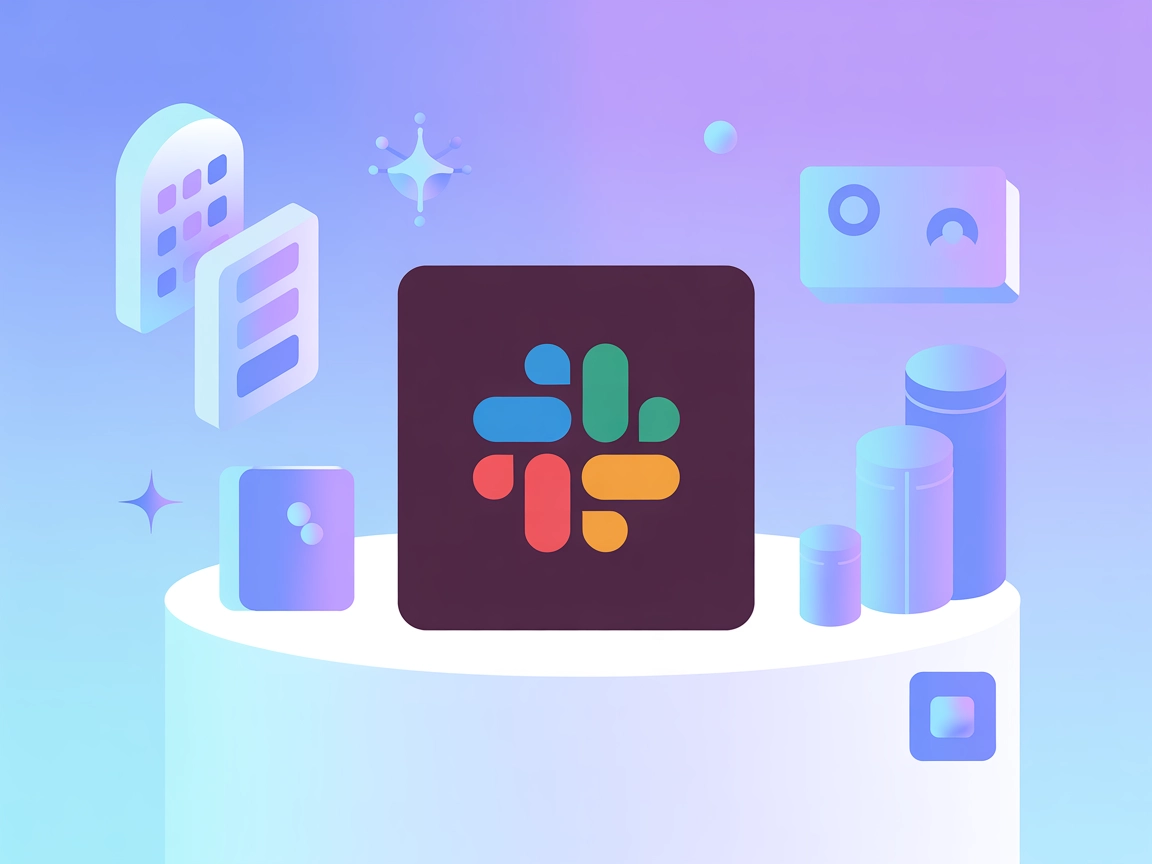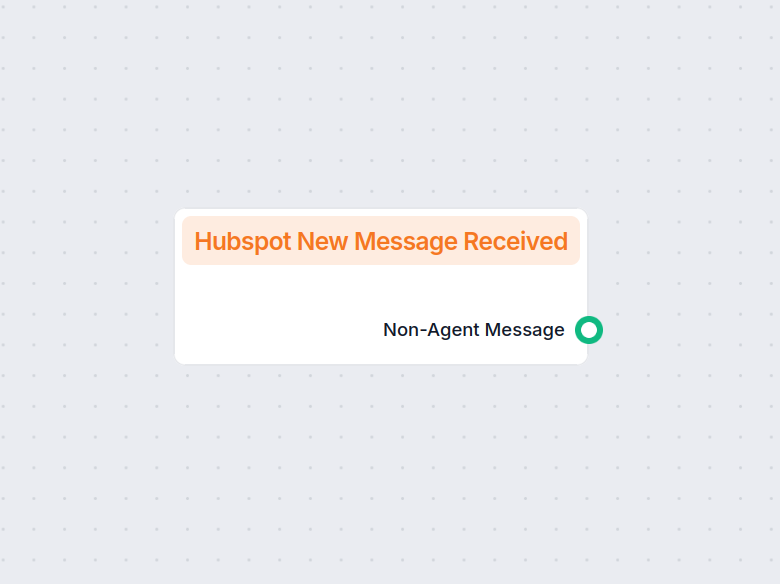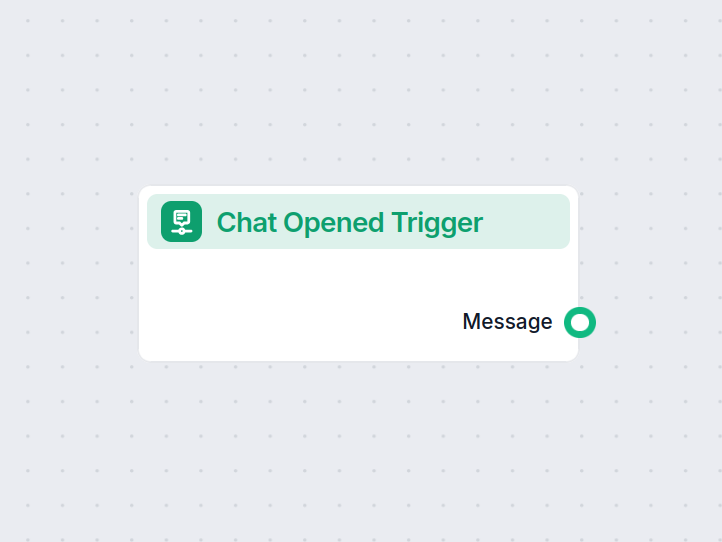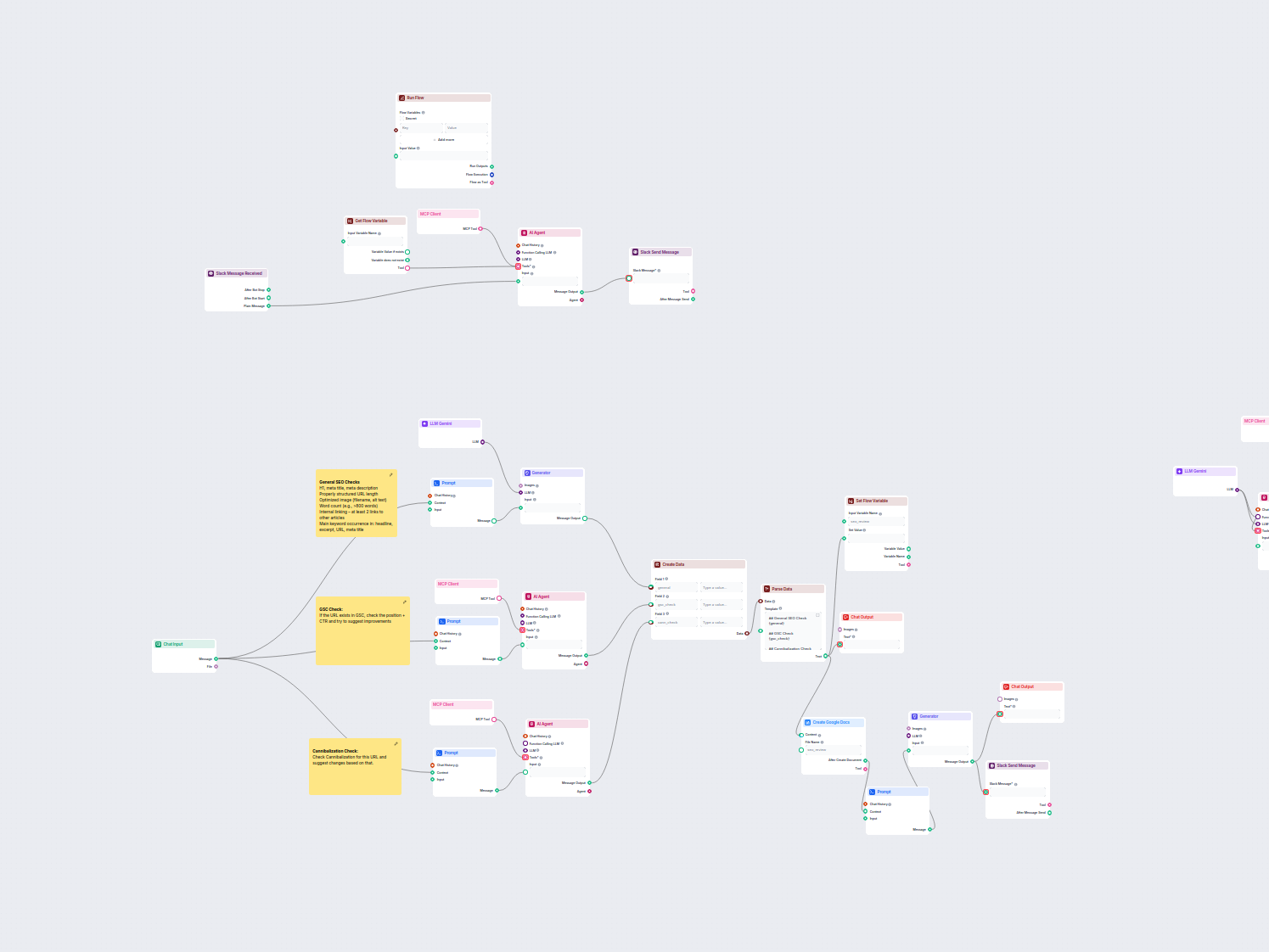
Audit SEO automatizzato e workflow Slack
Questo workflow automatizza il processo di revisione e audit SEO per le pagine web. Analizza i contenuti delle pagine secondo le migliori pratiche SEO, effettua...
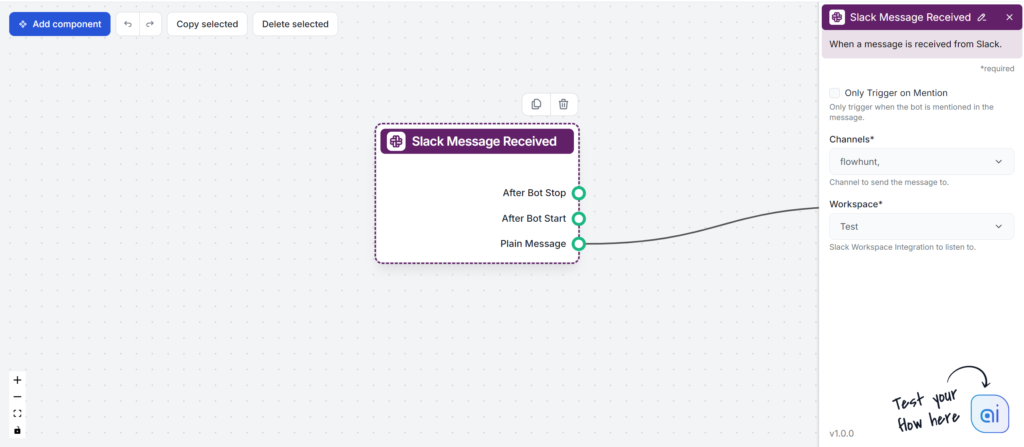
Il componente Messaggio Slack Ricevuto in FlowHunt ti consente di controllare le risposte Slack tramite impostazioni di trigger e maniglie di output, avviando flussi automatici nel tuo workspace Slack.
Descrizione del componente
This component represents the user message at the start of a Slack conversation with FlowHunt. You can think of it as a trigger component or an Input component. It lets you control when, where, and how Flo’s Slack responses are triggered.
Using this component requires an active Slack Integration. If you haven’t integrated Slack yet, follow this guide.
The Slack Message Received component is a trigger node designed for AI workflows that need to react to incoming Slack messages. It allows your workflow to listen for messages in specific Slack channels and respond or process them further as part of your automation.
This component listens for messages sent to selected Slack channels within a specified Slack workspace. When a message is received, it triggers the rest of your workflow, passing along the content and metadata of the message for downstream processing. It’s especially useful for integrating Slack communications with AI-driven processes, such as chatbots, notifications, or data logging.
Setting up channels and workspace is necessary for the Flow to work.
| Field | Description | Required | Type |
|---|---|---|---|
| Workspace | Select the Slack workspace integration where the component will listen for messages. | Yes | Dynamic single select |
| Channels | Choose one or more Slack channels to monitor for incoming messages. Up to 5 channels can be selected. | Yes | Dynamic multi-select |
| Only Trigger on Mention | If enabled, the workflow is only triggered when the bot is mentioned in a message. | No | Boolean (true/false) |
| Slack Message | The actual message content received from Slack. (Used internally, not shown in UI) | No | Message |
Note: Some fields, such as “Slack Message”, are primarily used for internal message passing within the workflow and are not displayed to end users.
When a message is received, the component produces several outputs that can be used by subsequent nodes in your workflow:
| Output | Description | Type |
|---|---|---|
| Plain Message | The received message content. | Message |
| After Bot Start | Message output after the bot has started. | Message |
| After Bot Stop | Message output after the bot has stopped. | Message |
These outputs provide flexibility in how your workflow handles different message events from Slack.
This component is essential for anyone looking to build intelligent, responsive Slack integrations as part of an AI-driven process.
This setting controls how you trigger an answer from FlowHunt:
Per aiutarti a iniziare rapidamente, abbiamo preparato diversi modelli di flusso di esempio che mostrano come utilizzare efficacemente il componente Messaggio Slack Ricevuto. Questi modelli presentano diversi casi d'uso e best practice, rendendo più facile per te comprendere e implementare il componente nei tuoi progetti.
Questo workflow automatizza il processo di revisione e audit SEO per le pagine web. Analizza i contenuti delle pagine secondo le migliori pratiche SEO, effettua...
Integra FlowHunt con Slack per automatizzare la messaggistica, avviare workflow e mantenere il tuo team aggiornato con flussi alimentati dall'IA.
Agisce come un trigger all'inizio di una conversazione Slack con FlowHunt, permettendoti di controllare quando, dove e come vengono attivate le risposte Slack in base alle impostazioni e alle menzioni degli utenti.
Puoi selezionare quali canali e workspace Slack aggiungere a FlowHunt e scegliere se il bot risponde a tutti i messaggi o solo quando viene menzionato.
Sì, devi avere un'integrazione Slack attiva con FlowHunt prima di poter utilizzare il componente Messaggio Slack Ricevuto.
Le maniglie di output ti permettono di definire cosa succede dopo determinati eventi su Slack, come dopo l'avvio, l'arresto del bot o la ricezione di un semplice messaggio.
Inizia a creare flussi di lavoro potenziati dall'AI su Slack. Semplifica le conversazioni e automatizza il supporto con la piattaforma no-code di FlowHunt.
Questo componente rappresenta i messaggi Slack di FlowHunt verso di te. Ti permette di controllare dove e come FlowHunt invia i messaggi e chi viene notificato.
Attiva flussi di lavoro automatizzati in FlowHunt ogni volta che viene ricevuto un nuovo messaggio da HubSpot. Ideale per integrare automazioni basate sulla com...
Il componente Trigger Apertura Chat rileva quando inizia una sessione di chat, permettendo ai workflow di rispondere istantaneamente non appena un utente apre l...
